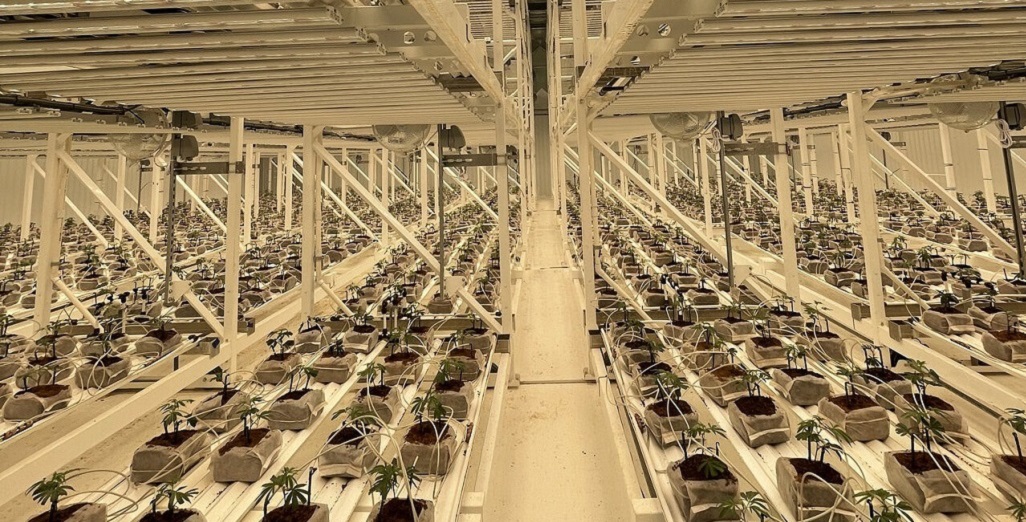Sign up here to subscribe to the Grower2grower Ezine. Every two weeks you will receive new articles, specific to the protected cropping industry, informing you of industry news and events straight to your inbox.
Nov 2018
What time should I start and stop Irrigation?
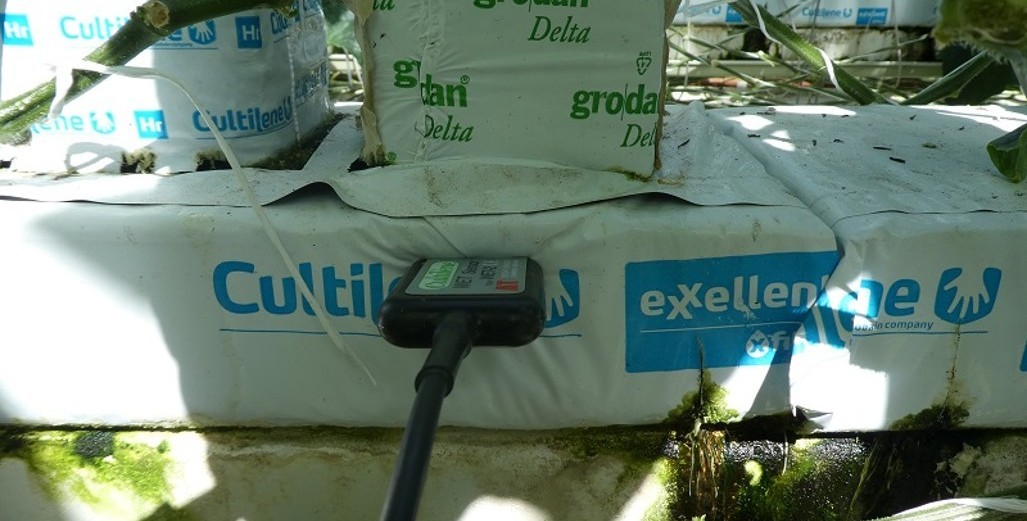
My favourite subject!
“What time should I start and stop my irrigation?” This is the question I am asked more than any other, especially as we approach summer. Leading into late spring water usage, by the plant, is increasing so irrigation needs to follow suit. For each individual crop, determined by crop age/fruit load and substrate you are using, I would advise you use WC and EC target figures. Different substrate will have a bearing on advised target figures.
STOP TIME:
The time you chose to stop irrigation in the afternoon will be very dependent on your substrate. Overnight, various substrates will all dry-down differently. Certain substrates are hydrophobic and some are not. Like clothes when they dry, the substrate will naturally release moisture. How much of a substrate is not covered in plastic will effect dry-down.
START TIME:
Generally, I would start irrigation one hour after sunrise. Outside weather conditions should be considered. In the past I have been advised to irrigate very differently. One consultant advised to begin at sunrise, to immediately start refreshing the substrate replacing what had been lost throughout the night. One reason for this technique is to reduce the delta EC. The theory, why stress your plant when you don’t have to and why make the job managing the rootzone harder.
It was explained by another person that if you irrigate too soon after sunrise you will damage root hairs. I have also heard you should not start before you have 10% dry-down, because only then you are aware the plant is fully active!!
What I can tell you is how I would irrigate my plants. This time of the year, I would have a fixed time start, one hour after sunrise. During January this could be sunrise depending on variables.
TARGET FIGURES:
Target water content (WC) and EC guidelines will change between crop stages and seasons. If you don’t have a sensor to measure WC in the slab, then using weigh scales is an option. If you have neither then use EC tested from runoff as your guide. Daily checks are advised.
For years I worked on the basis I needed to achieve 30% runoff on average, each day. Though there is still merit in that, I prefer to use WC and EC targets to manage a crop. Crop reports are integral for advising on target figures.
Growers all have slightly different growing setups. I don’t know any growers who plant on the same day, with the same variety or use the same substrates. For that matter the same volume per plant of substrate.
In Conclusion (tomato):
I would prefer you started earlier and stopped earlier, and possibly use a 'night shot' if your substrate is drying down more than 10% over night. For more specific advice on this subject please contact me.
Water Content and EC meters give accurate data from stone-wool slabs. Having this information, the grower can use target figures to make sure he is meeting his objectives.
Positioning of the probe: Data should be recorded from the top and bottom third of the slab. You should also check WC and EC accross the slab to check for dry spots/high ec. This to be covered in a future article.
I appreciate your comments. Please feel free to comment below or on the grower2grower Facebook page:
https://www.facebook.com/StefanGrower2grower/
Article Written by Stefan Vogrincic, Consultant, Grower2Grower
CLASSIFIED
Subscribe to our E-Zine
More
From This Category
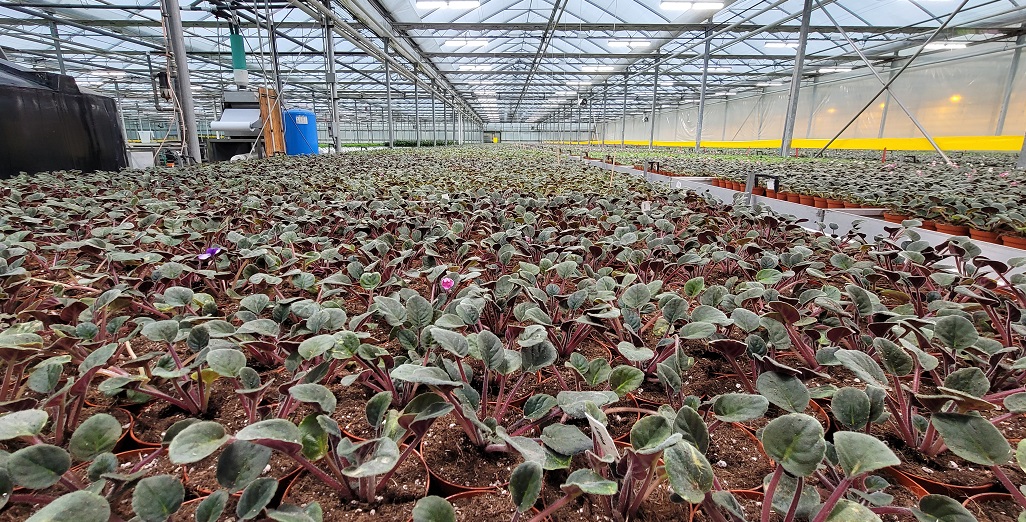
Free Webinar on Controlling Waterborne Pathogens in Greenhouses

Whitepaper elaborates on safe recirculation of irrigation water
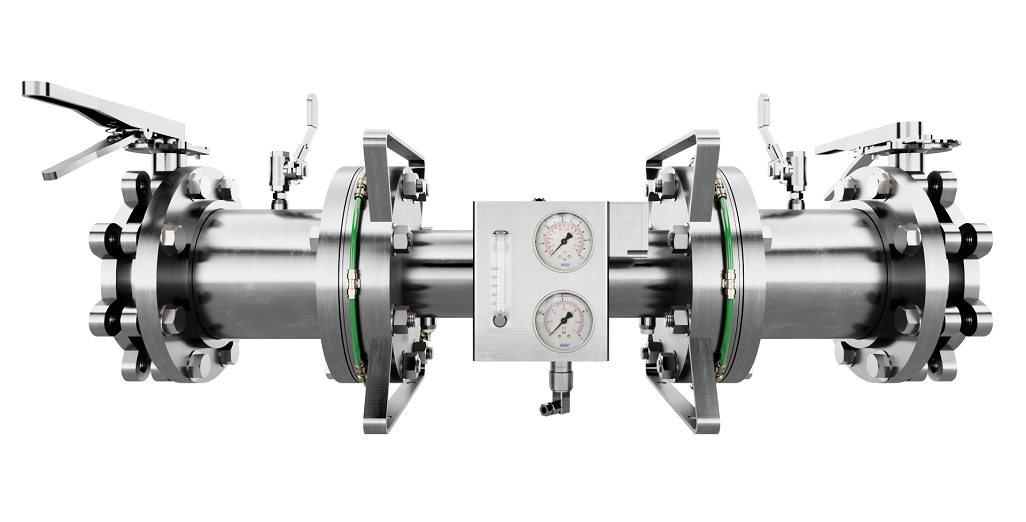
Introducing Moleaer’s Trinity: Revolutionizing Agriculture with Advanced Nanobubble Technology
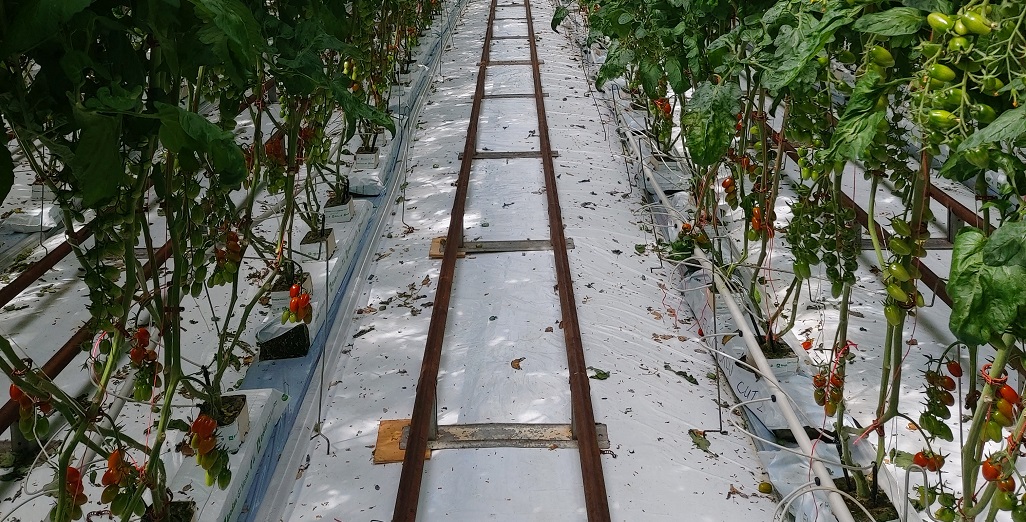
Fleecegrow turning wool into substrates a reality – GROWER SURVEY
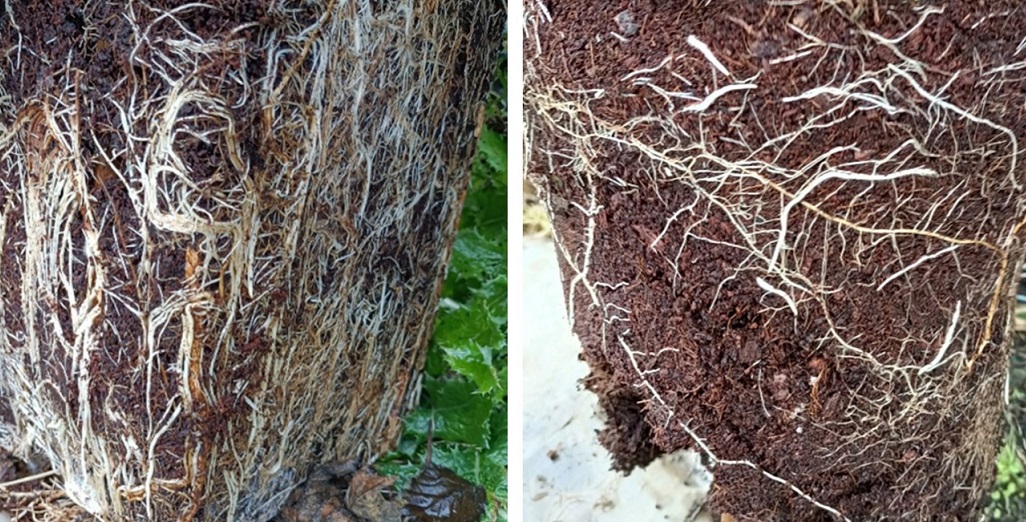
Synergy – protect plants from various soil-borne pathogens.
